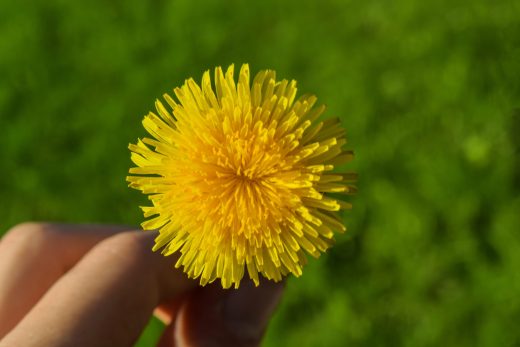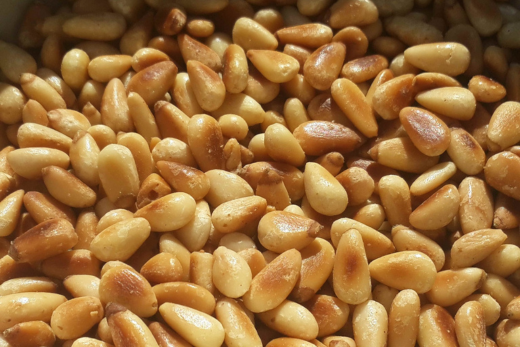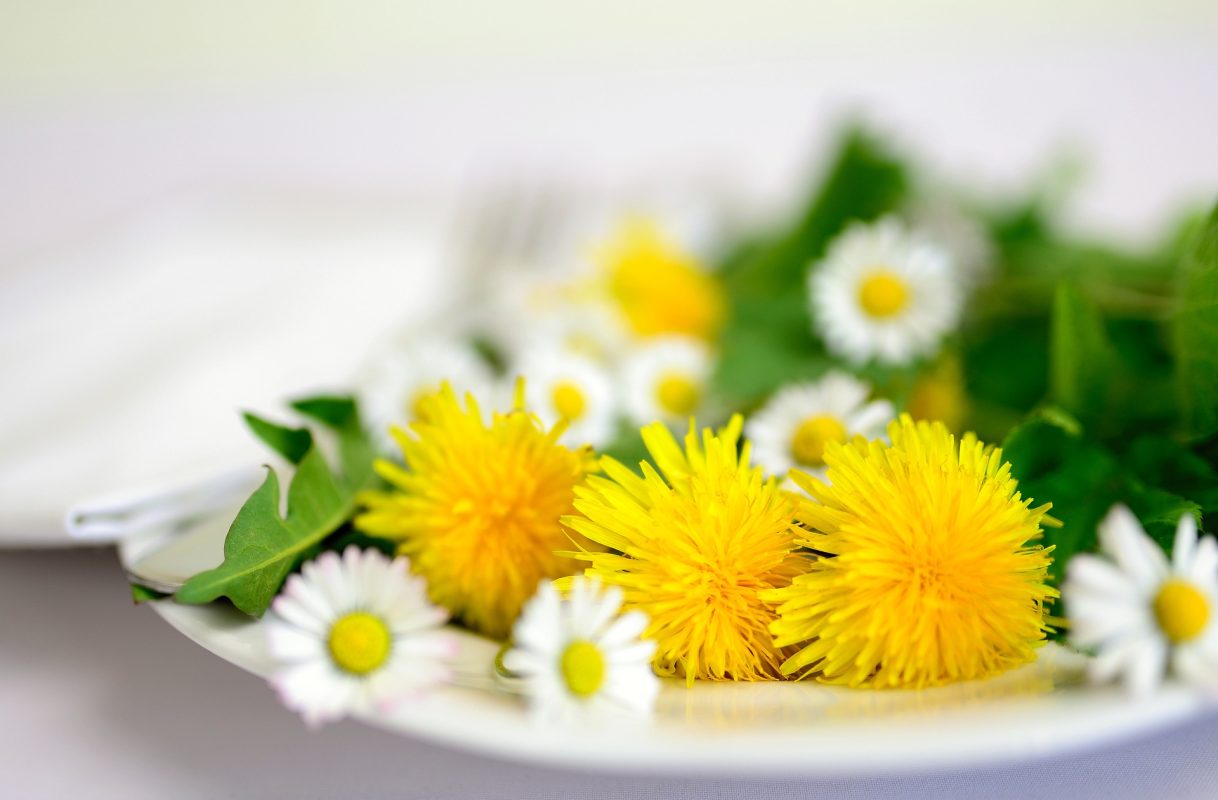Sometimes, the best things in life are free. That’s certainly true of dandelions, a common weed that can be found in parks, fields, and backyards across the country. Despite the unpopular opinion dandelions have earned from green lawn aficionados, they aren’t the bane of your existence.
The yellow flower may look pretty in a bouquet or flower garden, but it has some hidden health benefits that make it worth growing yourself! Until more recently when perfectly manicured, green lawns became so important to some, dandelions were well sought after as a medicine, a bitter flavor on the palette, and a first crop in the spring after the harsh winter.
They happen to be one of the most frequently foraged plant, not only due to their properties but how easily they can be identified. Raw or cooked, you might want to consider this springtime treat for your menu.

Yes, you can eat raw dandelions.
The answer is yes. You can eat raw dandelions, but they are more palatable when cooked. Dandelions are edible raw and can be used in salads or smoothies, or as a garnish for other dishes.
The younger the leaves, the better they taste. If you’re going to eat them raw, it’s best if you look for the younger plants. If that’s not in the cards, you may want to blanch them to counteract some of the bitter flavor that develops as they age.
How Do Dandelion Greens Taste?
Bitter. If you don’t like bitter flavors, like arugula, then raw dandelion greens might not be for you. That doesn’t mean giving up on adding them to your diet and reaping the benefits. You may want to consider cooking them first to make the flavor more palatable.
Where To Source Your Dandelions?
Whether you’re eating them raw or cooked, there are some things you want to consider before foraging for your own dandelions.
- Don’t forage for dandelions along a road. You’re only going to find plants that are coated in road debris and have absorbed fuel emissions. The healthy benefits of eating dandelions are ruined by the ‘extras’ that will accompany these plants.
- Make sure the plants you’re harvesting haven’t been exposed to or sprayed with pesticides. Even if you don’t spray your yard, your neighbors might and that could contaminate your plants if you’re close enough.
- Before foraging anything, make sure to get familiar with your local regulations on foraging in public places.
- Pick your dandelions early in the morning when the flowers first open.
- Use up any plants you pick the same day. They wither very quickly.
- If you have pollen allergies, make sure dandelions aren’t one of them before ingesting! Many people who are allergic to ragweed, marigolds, chrysanthemums, and daisies will find they’re more sensitive to dandelions.

Eating Dandelions Petals
Dandelion petals are a great addition to salads, smoothies, and other raw dishes. They are high in vitamins A, C and K, calcium, iron, and potassium.
The petals are used in an array of recipes from wine and tea to jelly or even sorbet. You can also use the flower heads to make a type of fritter.
When harvesting dandelion petals, you’ll want to separate them from the green base as it’s quite bitter. If you don’t mind crushing the petals a little bit, this can be as simple as pinching the petals between your fingers and pulling. If you want to save the petals from bruising, then take the longer route and snip them out of the greens with a small pair of scissors.
Eating Dandelion Leaves
Dandelion leaves are a good source of vitamin A, vitamin C, calcium, potassium, and iron. They can be used in salads or cooked. Fresh, young leaves are far tastier raw than the older ones. To decrease the bitterness of older plants, you can boil them in water for a minute and then blanch them in an ice bath.
Dandelion leaves are a great addition to a salad, especially if you find the leaves of a young plant that haven’t flowered yet. You can also try your hand at making a dandelion pesto or sauté them up in your favorite dish with healthy greens. They’re a great alternative to arugula in your salad or as a spinach substitute in a quiche.
Eating Dandelion Roots
Dandelion roots are high in fiber and vitamin A, calcium, iron, potassium, and manganese. They also contain other vitamins and minerals such as thiamine (vitamin B1), riboflavin (vitamin B2) niacin, and folate.
Dandelion roots are tough as any weed puller knows. They can reach up to 15 feet into the ground!
The roots aren’t good as a raw option, and honestly take some work to make tasty even cooked but have incredible nutritional and medicinal value.
Health Benefits Of Dandelions
Dandelions are most definitely a superfood. When it comes to nutritional value, they’re up there with plants like kale and spinach and frankly can put those favorites to shame! But it’s not only about nutrition, but they also have several other health benefits.

- Blood Sugar
- Dandelion greens are known to help control blood sugar levels1 in people with Type 2 Diabetes.
- Diuretic:
- The potassium levels in the dandelion greens can work as a diuretic and increase your urine output and fight water retention.
- Lower Blood Pressure
- Due to their diuretic nature, the greens can also help lower high blood pressure in some people.
- Decrease Inflammation
- They contain natural anti-inflammatories which can diminish your chances of some cancers and heart disease.
- Antioxidants
- Dandelions are full of healthy antioxidants that help fight free radicals that can put your body at risk of cancer, metabolic disorders, and other diseases.
- Cholesterol
- The nutrients in dandelion greens can help with lipid metabolism meaning that they might help with lowering bad cholesterol.

Conclusion
There you have it! You can eat dandelions raw, but not all parts of the plant. The leaves and petals are edible and have many health benefits. The roots are also edible, but they should be cooked first as they aren’t palatable raw.
Keen to start growing dandelions? Check out our step-by-step growing guide now2!




